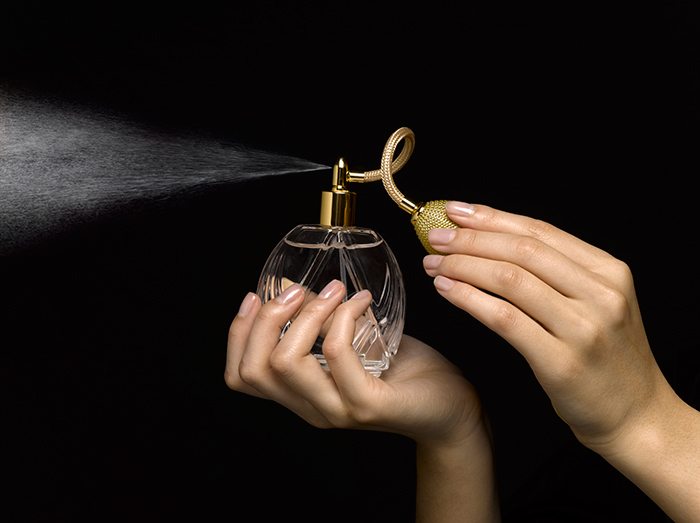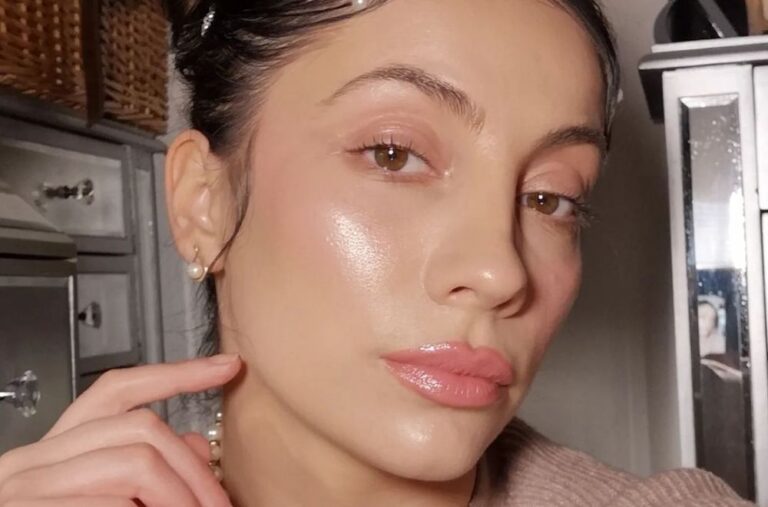Online shopping is booming Down Under. In New Zealand, online shopping is also thriving – up 13 per cent in July 2015 compared with the same month last year, according to a BNZ report.
These figures have typically related to cheaper clothing for our wardrobes, as fashion continues to be among the leading categories for online spending.
But a growing number of New Zealanders are now turning to the web to restock their beauty cabinets. BNZ reports New Zealand internet spending for pharmaceutical and cosmetic goods was up 20 per cent for the month of July.
UNKNOWN QUANTITY
While the figures aren’t an issue, the increasing number of counterfeit cosmetics making their way to consumers is. Dodgy knock-offs of your favourite M.A.C lipstick might seem like something you’d only come across in insalubrious Southeast Asian tourist markets.
But according to Gregg Marrazzo, senior vice president, deputy counsel of Estée Lauder Companies Limited, counterfeiting is a global problem that’s growing each year. Marrazzo says the problem is closer than we think, adding New Zealand’s proximity to China makes us prime targets for counterfeiters and their faux cosmetics.
The manager of cargo operations at Customs New Zealand, Bruce Berry, and his team see counterfeit goods of all kinds coming into New Zealand every day.
“Golf balls, razors, perfume, clothing – you name it, and it can be done.” Although it’s unlikely fake sporting equipment poses a serious health threat, counterfeit cosmetics are another matter. “People don’t know what they’re putting on their skin. It comes with a hazard,” says Berry.
Cosmetics and skincare products undergo rigorous health and safety evaluations before they can be sold in Australia and New Zealand. As Marrazzo tells MiNDFOOD, “Toxologists and safety experts assess the safety of all ingredients before they can be used in our products. We draw on the latest peer-reviewed scientific research and refer to government-supplied lists of chemicals, which are prohibited or restricted for use in cosmetics, wherever we operate.”
But complying with the legal and safe use of ingredients isn’t something that counterfeiters consider when they’re hawking off faux moisturisers, lipsticks and perfumes.
Counterfeit cosmetics were thrust into the spotlight earlier this year when the City of London’s Police Intellectual Property Crime Unit launched its “Wake up – don’t fake up” campaign to raise awareness of the dangers involved in buying beauty products online.
Laboratory tests on products seized from counterfeiting rings revealed that fake cosmetics and perfume often contain horrifying ingredients. Carcinogens, including lead and arsenic, toxic chemicals and human urine have shown up in counterfeit perfumes, mascaras, eyeliners, lipglosses and foundations.
The lab results on the products are only half the story – the unsavoury conditions the products are manufactured in are just as frightening. According to the Crime Unit, rat droppings and poison were found in contaminated and unhygienic counterfeiting factories.
In the United Kingdom alone, it’s estimated that consumers spend equivalent to more than NZ$200 million on counterfeit goods every year. Berry admits it’s hard to put a dollar value on the problem within Australasia: “Globalisation and the internet have changed the way the world works. The scale of the problem is a global issue.”
Unfortunately, tackling the issue isn’t going to get easier if counterfeiters have their say. “Some of the fakes we see are really very good. They even come with fake certificates,” Berry says.
The issue appears insurmountable, but beauty companies are partnering with customs and online retailers
to fight back.
Lewis Rice, the senior vice president for Global Security and Trademark Protection at Estée Lauder Companies, says as long as counterfeiting activities continue to surge, the firm’s multi-pronged approach to combating the problem, which includes a solid partnership with customs departments
in both countries, will also amplify.
A hard task
It’s no paltry task: New Zealand Customs currently administers Intellectual Property Rights (IPR) notices on behalf of around 300 rights holders, which equates to more than 2000 individual copyright and trademark notices.
“When we come across a problem item, we assess it and then contact the importer and the rights holder. Most of the time, when dealing with commercial items of counterfeit goods, they’re surrendered and destroyed,” Berry says.
New Zealand’s customs departments are the first line of defence but with online retailers proliferating in immeasurable numbers, it’s impossible to stop each and every counterfeit cosmetic item slipping through. “We don’t enforce private importations [on] the one bottle of nail polish that we see coming through, but when we see patterns and a hundred different items going to a single address or one business, we’d treat it as a commercial importation,” Berry says.
It’s therefore inevitable some counterfeit cosmetics make their way to the likes of Trade Me and other social media buy-and-sell groups. “We encounter a couple of counterfeit cosmetics-related items a week,” says Trade Me’s head of trust and safety, Jon Duffy. It might not seem like much, but Duffy asserts there’s a huge amount of work that goes on to ensure the site is free of counterfeits.
“We run what we call an Intellectual Property Rights Liaison Programme. The programme engages IP rights holders from New Zealand and the world to monitor and take action on any listings where IP rights have been breached,” says Duffy.
The programme appears to be working, as Duffy says Trade Me is seeing a significant decrease in the number of counterfeit items being reported by rights holders and members. “You’d have to be a mug to do anything dodgy on Trade Me. It’s a transparent marketplace where you leave some fairly deep electronic footprints of information behind.”
Shoddy and unsafe replicas aren’t the only dangers lurking online. It’s no secret the authenticity and safety of cosmetics being peddled by certain internet giants can be a grey area.
Tracy May-Harriott, international director of education for Priori Skincare and Elizabeth Arden Pro, explains it’s not uncommon for unauthorised resellers to buy old stock from defunct beauty salons and retailers to sell online. “A lot of the websites we have researched are operating out of very hot areas. Product is kept in 40°C heat and then re-sent around the world,” May-Harriott says.
Cosmetics being stored in unsuitable conditions aren’t the only worry, May-Harriott adds unauthorised resellers often tamper with products and tout expired skincare and cosmetics.
Some official websites, including Priori’s, are therefore taking a stand by using their websites to warn consumers against rogues. “We had to. Unless you purchase from an authorised seller, we can’t endorse it,” May-Harriott says. Berry agrees. “You want to use official websites. When you buy from an unauthorised reseller, you’re taking a risk.”
ON THE SAFE SIDE
So what throws up a red flag for those battling counterfeit cosmetics and how can consumers avoid making unwise purchases? Berry says spelling mistakes should set off alarm bells for anyone shopping online. Beauty houses spend megabucks on marketing and they’re extremely unlikely to have a website riddled with grammatical errors. Counterfeiters aren’t quite so finicky; if the website you’re thinking of buying from looks dodgy, then the chances are the products are not authentic.
There’s bad news for bargain hunters too: unfortunately, the dramatically reduced price tags most unauthorised resellers promote should come with
a warning. “The big message we really want to put out there is that if it appears to be too good of a deal to be true, then it probably is,” Berry says, echoing the words of Estée Lauder Companies’ global security and trademark protection team.
“Our advice is really simple. Unless consumers purchase through an authorised reseller, it’s difficult to know if a product is authentic and safe,” Rice says.
Considering the unsavoury conditions counterfeit cosmetics appear to be created in, the temptation of saving a dollar or two hardly seems worth the risk.







